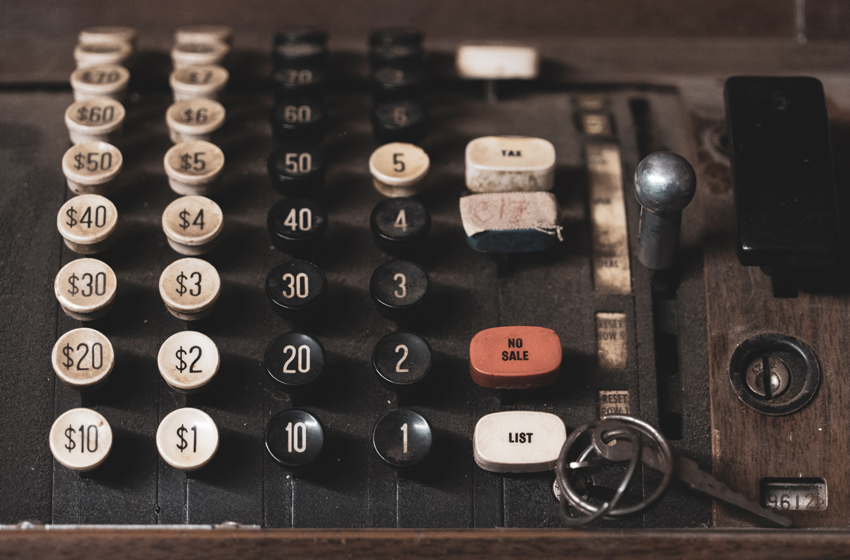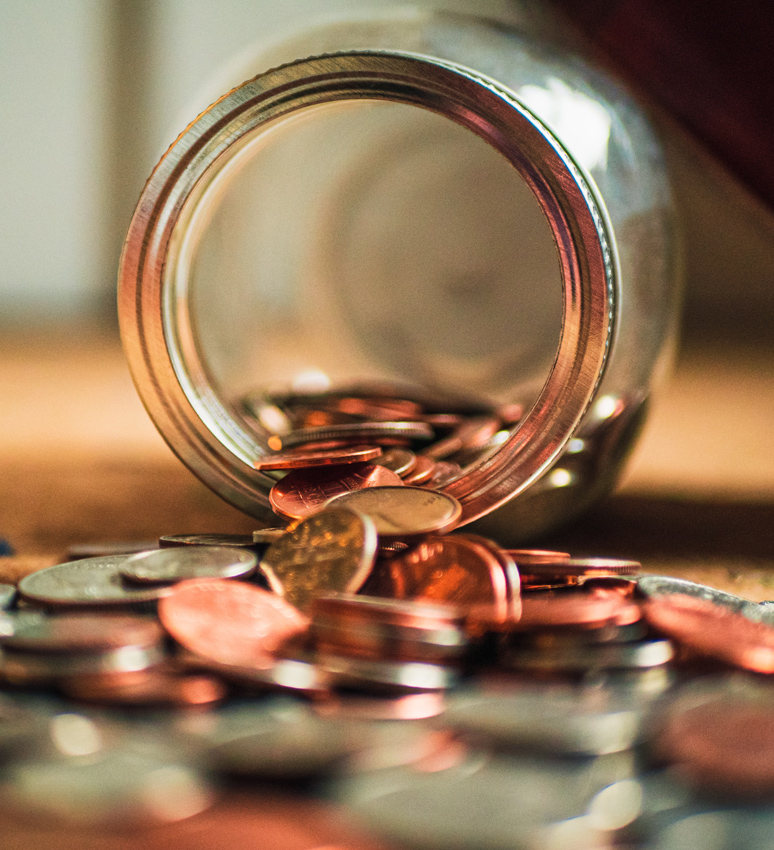About Numiis / Numis DB
The numismatic database project is designed to provide all information any coin collector or numismatist would need regarding a coin, medal or note of interest.
Are everyday coins now rare?
Someday, we will remember the great toilet paper shortage of 2020... But, now that toilet paper and hand sanitizer are thankfully back on the shelves, recent news of coin shortages around the country have joined the list of unexpected side effects of the current COVID-19 / Coronavirus crisis. You might be wondering what these coin shortages actually mean. Is the country running out of money? Can modern day U.S. coins now be considered rare? The short answer to both of these questions, is no, but let's take a closer look at what's actually going on.

The term "coin shortage" has led some to believe that the U.S. has less coins than in previous months, when in fact, the problem lies in their circulation. Multiple factors caused by changes to daily life in the midst of the pandemic have created major disruptions to coin circulation, thereby causing stores to have less cash on hand.
For starters, due to stay-at-home orders and social distancing, consumers have simply been making less trips out to the store and exchanging less cash. This includes businesses that deal in a high volume of coin transactions, such as laundromats and vending machines, some of which have been shut down entirely. These businesses play a major role in getting coins back to the banks that can then be redistributed into the economy. Because banks have been consistently receiving less coins than usual over the past few months, they have had less coins to return back to businesses.
To make matters more complicated, the Federal Reserve has confirmed that due to new safety measures put in place at the U.S. Mint to protect their employees, coin production has temporarily slowed. All together, this perfect storm of circumstances has led to a decrease in circulation and the ensuing coin shortages seen around the country.
Luckily, the effects of these shortages are only temporary, and the Federal Reserve has already announced the creation of the U.S. Coin Task Force to get the situation under control. Before long, circulation will improve and coins will once again be back in cash registers, so any dreams of cashing in the nickels and dimes lying on your bedside table are not meant to be.
There are a few answers to this question. One of the most basic factors that determines a coin's rarity is the number of coins in existence. Coins that were originally minted in significantly low numbers will automatically have rarity, as they will be more difficult to find.
Examples of coins with low mintages:
- 1893-S Morgan Dollar - 100,000 minted
- 1909-S VDB Lincoln Cent - 484,000 minted
- 1916-D Mercury Dime - 264,000 minted
- 1927-S Buffalo Nickel - 970,000 minted
- 1991 American Eagle Half Ounce Gold Bullion Coin - 24,100 minted
Coins that were originally mass produced at much higher numbers, however, can still gain rarity in other ways. Sometimes coins are lost in large numbers, or repurposed for minting new coins the following year, or even melted down for metal use in times of war.
In the Pittman Act of 1918, for example, 270 million U.S. Morgan Silver Dollars were melted down to be made into silver bullets during WWI. Even though each of these coins were eventually replaced due to a later provision, some of the U.S. Morgan Silver Dollars became an incredibly rare and valuable coin to find, as so many of them were lost to the melting pots.

Even though there has been a slight disruption to current coin production, the effects are not nearly enough to cause any significant change to coin value for the modern-day coins in circulation. The U.S. penny, for example, is minted at an annual rate of 13 billion, and there are approximately 130 billion pennies currently in circulation.
Because these disruptions to circulation and production are only temporary, modern day coins will not go up in value. But even though you won't be able to cash in the modern change in your pocket for anything other than their face value, it's never a bad idea to go searching through your drawers and coin jars for rare coins you may not know you have, such as U.S. wheat pennies, or silver nickels, dimes and dollars… Who knows, you might have a 1909-S VDB penny lying around just waiting to be discovered!
Gold $1,865.28 |
Silver $25.56 |
Platinum $998.24 |
Palladium $2,326.45
(Updated 2020-12-22)